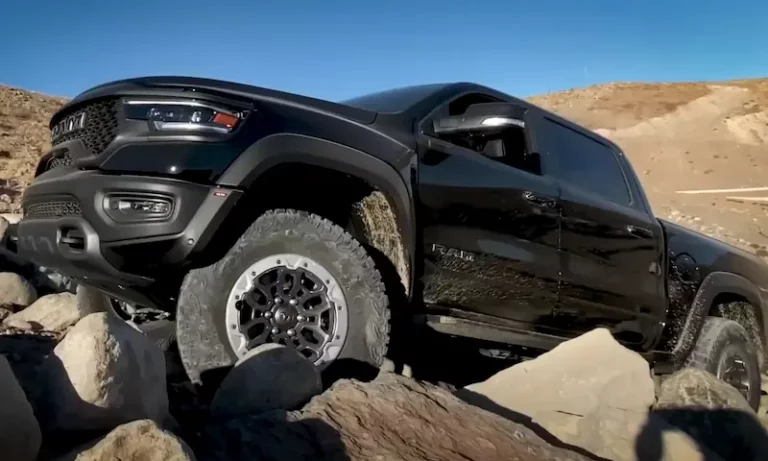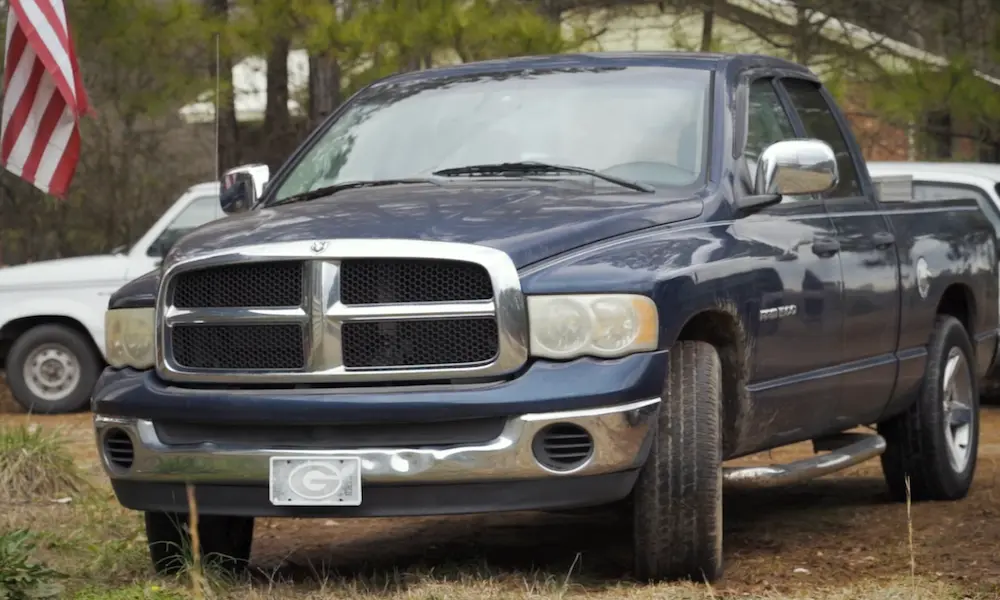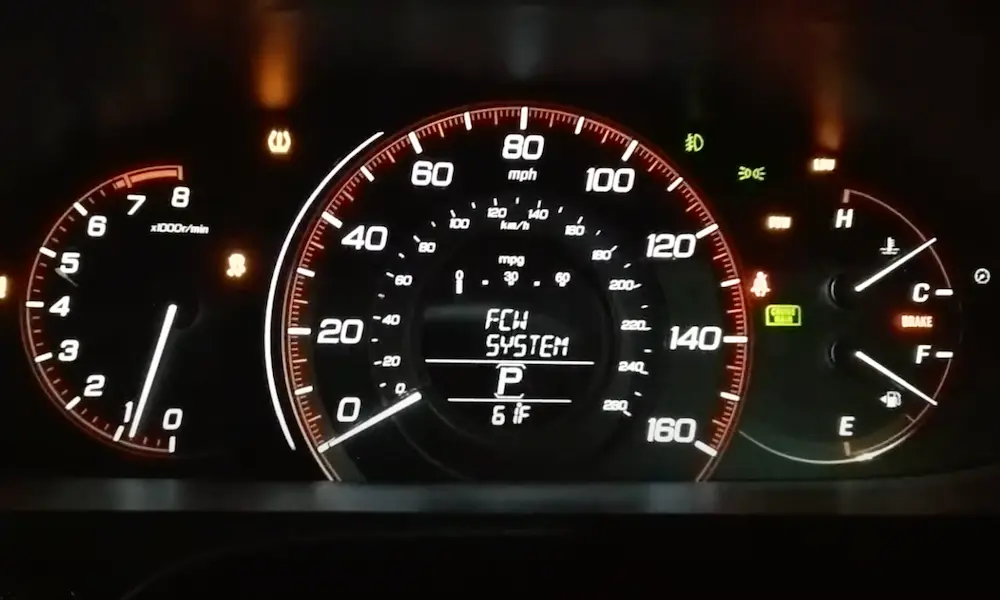When it comes to maintaining your Dodge Ram 1500, one key aspect you’ll want to focus on is the fuel filter. Knowing its location is crucial for ensuring your truck’s overall performance and efficiency.
Accessing the fuel filter can be a bit tricky, as it requires going through a small hole in a plate under the bed or trunk of your vehicle. However, once you know what you’re looking for, keeping your fuel filter clean and in good working condition will become much more manageable. This will ultimately contribute to your truck’s dependability and longevity.
Locating the Dodge Ram 1500 Fuel Filter
When it comes to locating the fuel filter on your Dodge Ram 1500, you’ll find that it is located within the fuel tank, at the rear of the vehicle. Typically, you can find the filter near where the fuel tank meets the frame of the truck. Accessing the fuel filter on your Dodge Ram 1500 requires going through a small hole in a plate under the bed or trunk of your vehicle.
For some models, such as the 2014 Dodge Ram 1500 with a 5.7 Hemi engine, there seems to be some confusion about whether a fuel filter is present or if there is only a fuel screen. It’s important to note that the fuel screen is part of the fuel pump itself.
If you are working on a 2017 Dodge Ram 1500, be aware that the fuel filter is located on the fuel pump and sits inside the fuel tank. Keep in mind that this filter is not intended to be replaced without replacing the entire fuel pump module. If you decide to change the fuel filter, you will need to drop the gas tank.
To make the process of locating and accessing your Dodge Ram 1500 fuel filter simpler, follow these steps:
- Identify your specific model and engine type. Different models and engines may have unique fuel filter locations or configurations.
- Consult your owner’s manual. The manual will often provide helpful information and diagrams to assist you in locating the fuel filter.
- Use reliable online resources. There are many forums and websites dedicated to Dodge trucks where users can offer their expertise and advice.
Being able to locate your Dodge Ram 1500’s fuel filter is essential for proper maintenance and ensuring the longevity of your vehicle. Stick to the suggested guidelines and tips, and you should be able to successfully locate and access your fuel filter in no time.
Signs of a Clogged Fuel Filter
A clogged fuel filter can cause several problems in your Dodge Ram 1500 and it’s important to know the warning signs. Here are some common symptoms associated with a clogged fuel filter:
- Check engine light: A clogged fuel filter can trigger the check engine light on your dashboard. While this light can indicate various issues, it’s essential to diagnose the problem and replace the fuel filter if needed.
- Loud noises: If you hear unusual loud noises coming from your engine, it might be a sign of a clogged fuel filter. The reduced fuel flow can cause your engine to struggle, leading to the production of strange sounds.
- Stalling: Insufficient fuel flow can cause your vehicle to stall, especially when accelerating or driving uphill. If you notice frequent stalling, consider checking your fuel filter for any clogs or debris.
- Low fuel pressure: A clogged fuel filter can result in low fuel pressure, affecting your truck’s performance. You may notice sluggish acceleration or difficulty maintaining speed on the highway.
- Misfiring: When your fuel filter gets clogged, it can cause your engine to misfire. This is because the restricted fuel flow can’t provide enough fuel to the engine, leading to incomplete combustion and misfires.
Make sure to keep an eye out for these signs and maintain your Dodge Ram 1500’s fuel filter to ensure optimal performance. In a Dodge Ram 1500, the fuel filter is typically located inside the fuel tank, situated between the electric fuel pump and the inlet hose leading to the engine. If you notice any of these warning signs, it’s crucial to address the issue promptly to avoid further damage or complications.
Procedure to Replace Dodge Ram 1500 Fuel Filter
Before you begin the process of replacing the fuel filter on your Dodge Ram 1500, it’s important to gather the necessary tools and equipment. You might need a jack, some basic hand tools, and a mechanic buddy to help you in case the procedure is too difficult to handle on your own. Make sure you have eye protection and gloves, as you will be dealing with fuel.
To start, park your truck on a level surface and make sure it’s turned off. You’ll want to have a decent amount of fuel in the tank to help with the replacement process. Using a jack, slightly lift the rear end of the truck to provide easier access to the fuel tank.
The fuel filter on the Dodge Ram 1500 is located inside the fuel tank, so you will need to lower the tank for this procedure. Before removing any components, disconnect the negative battery cable to prevent any electrical issues. Be prepared for fuel to come out when disconnecting the fuel lines, so have a suitable container nearby to catch any spilled fuel.
Once the fuel tank is lowered, locate the fuel pump module, which contains the fuel filter. Carefully remove any screws securing the module and disconnect all necessary fuel lines and electrical connectors. Be mindful of any fragile components and be sure not to lose any small parts that may come loose.
As you remove the fuel pump module, be careful not to damage the fuel-sending unit or any other parts inside the tank. Gently lift the module out of the tank and remove the old fuel filter.
Take this opportunity to inspect the fuel pump and other components for any signs of damage or wear, as these may also need to be replaced.
With the old fuel filter removed, install the new one by following the same steps in reverse order. Be sure to properly reconnect all fuel lines and electrical connectors, and reattach the fuel pump module with its corresponding screws. Once everything is secured, carefully raise the fuel tank back into position and reconnect the negative battery cable.
After finishing this procedure, it’s always a good idea to test your work by starting your truck and checking for any fuel leaks. If everything looks good and your Dodge Ram 1500 is running smoothly, congratulations! You’ve successfully replaced your fuel filter.
Fuel Filter and Fuel System Maintenance
Taking care of your Dodge Ram 1500’s fuel system is essential for your truck’s performance and longevity. Regular maintenance ensures that the fuel tank, fuel lines, and other components remain in good working condition, preventing costly repairs down the line.
While some vehicles have easily accessible fuel filters that can be replaced as a regular maintenance item, the fuel filter on your Ram 1500 is not meant to be replaced independently.
Instead, it is typically replaced only if the entire fuel pump module is being changed. If you suspect that the fuel filter may need replacement, it’s best to consult a professional mechanic, as this involves dropping the gas tank and is not a simple DIY task.
In addition to the fuel filter, it’s essential to keep an eye on other fuel system components such as the fuel tank, fuel lines, and fuel injectors. Regularly inspect the fuel lines for any signs of wear, leaks, or damage. Damaged fuel lines can cause decreased fuel efficiency and pose a risk of fire.
Over time, sediment and debris can accumulate in the fuel tank. This can clog the fuel filter and cause performance issues. To avoid this, make sure to refuel at reputable gas stations and consider using a fuel system cleaner periodically.
As a general guideline, it’s wise to consult your Dodge Ram 1500 owner’s manual for specific maintenance intervals and recommendations based on your truck’s mileage.
Some common mileage-based maintenance items for the fuel system include checking the fuel lines and connections and inspecting the fuel tank for signs of damage or leaks.
By properly maintaining your truck’s fuel system, you can ensure that your Dodge Ram 1500 continues to perform efficiently and reliably, keeping you on the road for years to come.
Estimating Cost and Labor for Fuel Filter Replacement
When it comes to replacing the fuel filter on your Dodge Ram 1500, it’s important to consider both the cost of parts and labor. The average cost for a Dodge Ram 1500 fuel filter replacement ranges from $424 to $467. Breaking this down, labor costs are estimated to be between $164 and $207, while the cost of parts averages around $260.
It’s important to note that these prices can vary depending on your location and specific vehicle model. For example, if you live in a more expensive area or own a different year of the Dodge Ram 1500, your costs might be higher or lower.
When choosing where to have your fuel filter replaced, you have several options. You can take your truck to a dealership, a local repair shop, or even do it yourself if you feel comfortable with the task.
Dealerships tend to charge more for labor and parts, but they often use original equipment manufacturer (OEM) parts and have technicians who are specifically trained for your vehicle.
On the other hand, a local repair shop will likely have lower labor costs and might use aftermarket parts, which can be more affordable. Carefully weigh the pros and cons of each option before making a decision.
Apart from the cost, also consider the time it takes to complete the fuel filter replacement. Replacing a fuel pump in a Dodge Ram 1500 takes about 2 to 3 hours of labor.
Keep in mind that finding an available appointment at a dealership or repair shop might take some scheduling, so plan ahead and be prepared for potential wait times.
Overall, it’s vital to ensure your Dodge Ram 1500’s fuel filter is replaced when necessary. Regular maintenance will help keep your vehicle running smoothly and efficiently, saving you money in the long run.














